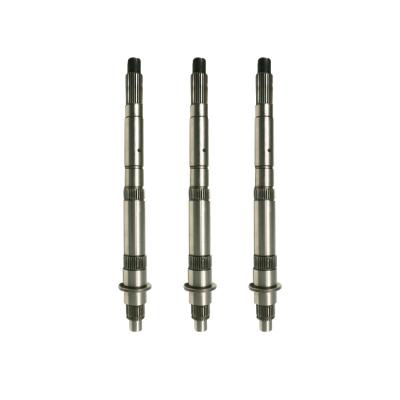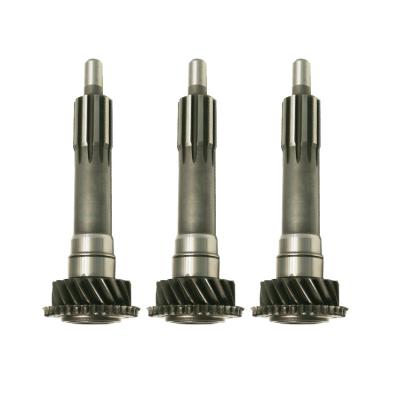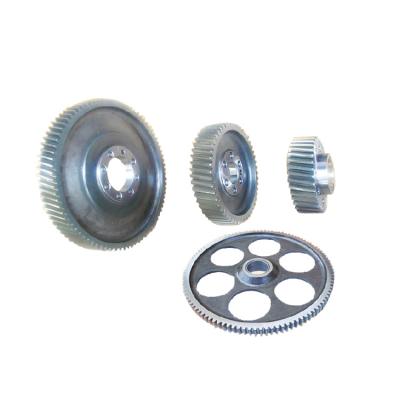Forging method and application direction of large forgings
The main forging methods of large forgings:
The metal is deformed using impact or pressure in the iron chamber or forging die to obtain a forging of the desired shape and size. This process is called forging. Forging is one of the important forming methods of metal parts, which can ensure that metal parts have good mechanical properties and meet the requirements of use.
The forging method is characterized by forging holes, placing wax strips, molding and heating processes. The process of forging and drawing holes is to pull the solid rod into a seamless hollow pipe; the process of placing the wax strip is to insert the wax strip corresponding to the inner diameter of the hollow pipe into the interior of the hollow pipe; Put it between the upper mold and the lower mold, and the mold holes of the upper mold and the lower mold are respectively provided with corresponding concave-convex shapes. When the upper mold and the lower mold are pressed together, reinforcing ribs can be formed around the pipe; the thermalization process is formed by compression molding. Large forgings use steel ingots as blanks. The greater the weight and size of the ingot, the more serious the interior.
Large forgings are mainly used in the following aspects:
Work rolls, backup rolls and large transmission parts of rolling equipment, etc.
Forging equipment modules, hammer rods, hammer heads, pistons, columns, etc.
Large transmission parts of mining equipment, large lifting device parts.
Steam turbine and generator rotors, impellers, retaining rings, large tube sheets, etc. for thermal power generation equipment.
Large shafts, main shafts, mirror plates, press-formed blades, etc. of hydraulic turbines for hydropower equipment.
6. Nuclear power generation equipment reactor pressure shell, evaporator shell, voltage regulator shell, steam turbine and generator rotor
7. Large cylinder, head, tube sheet, etc. In petroleum, chemical equipment, petroleum hydrogenation reactors and ammonia synthesis towers.
Large crankshaft, intermediate shaft, rudder stock and other shipbuilding industries.
Military products for manufacturing large-scale gun barrel aviation turbine discs, high-pressure cylinders, etc.
10. Key components in large-scale research equipment.





